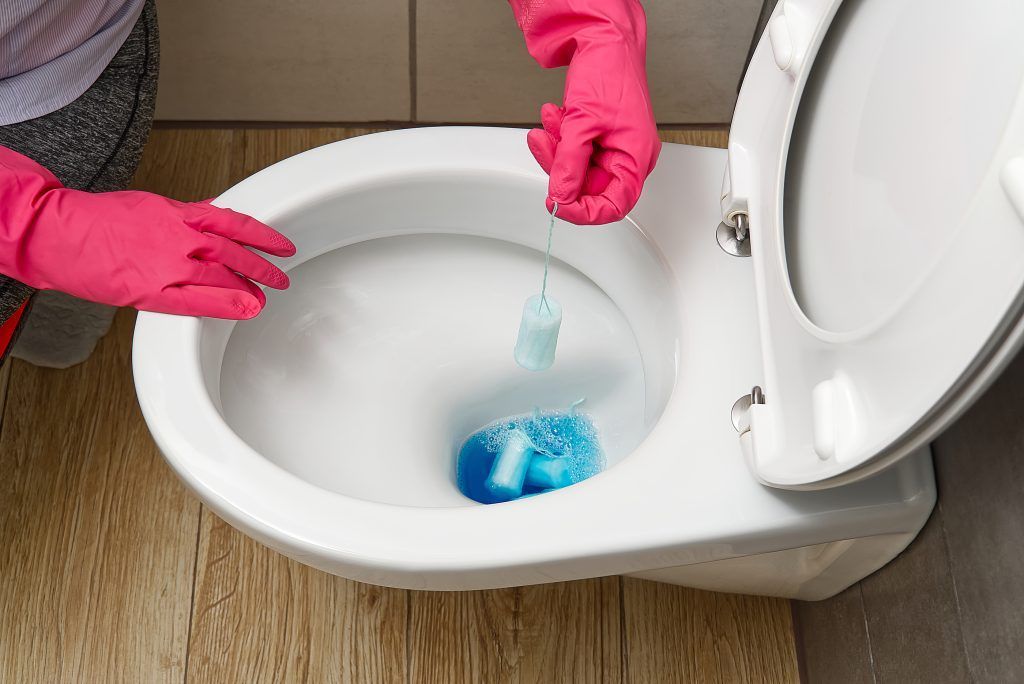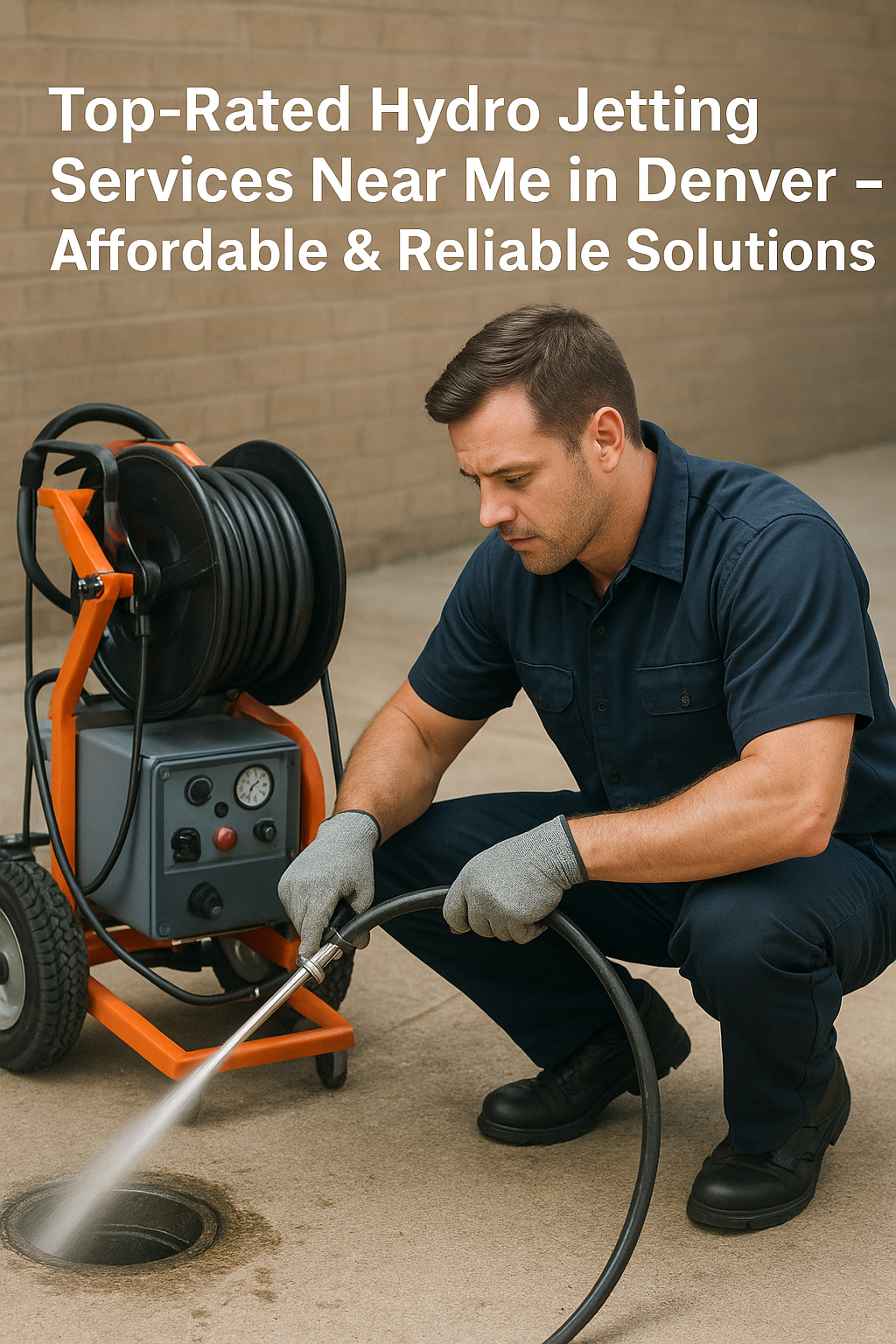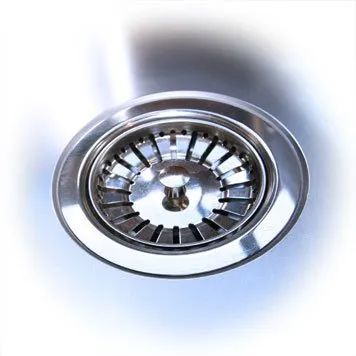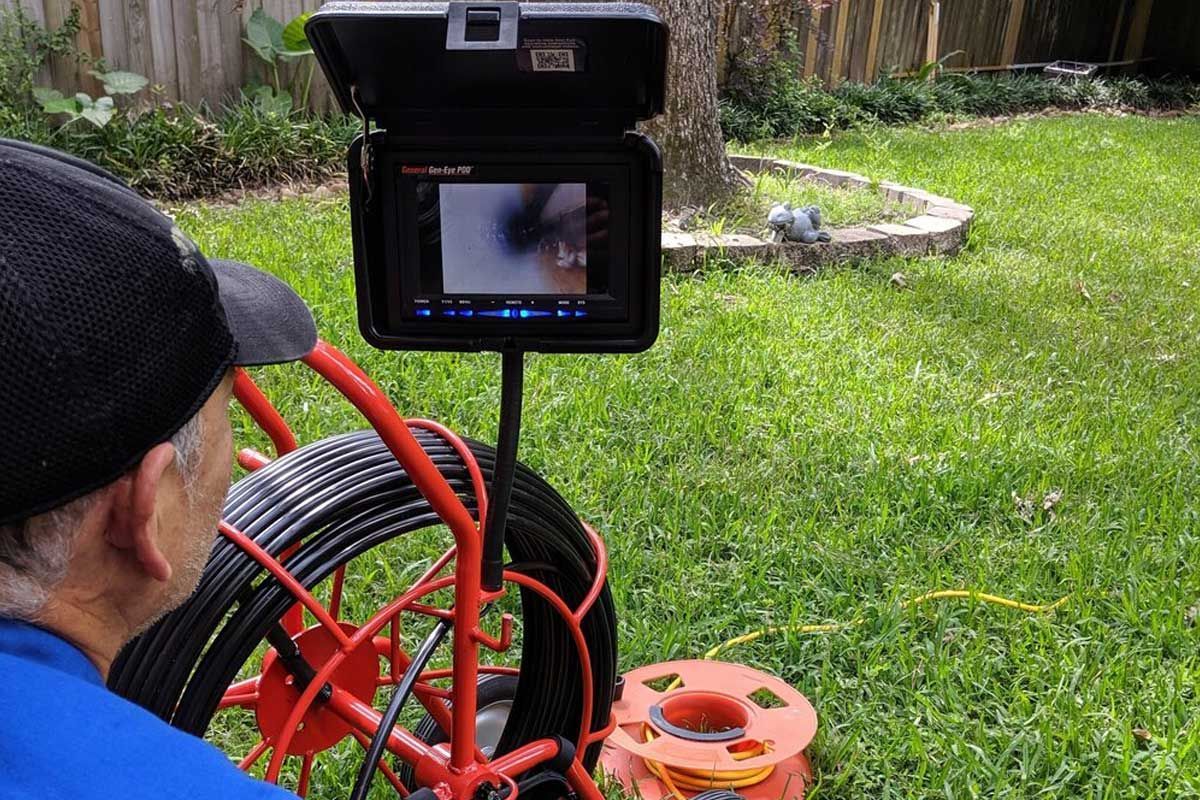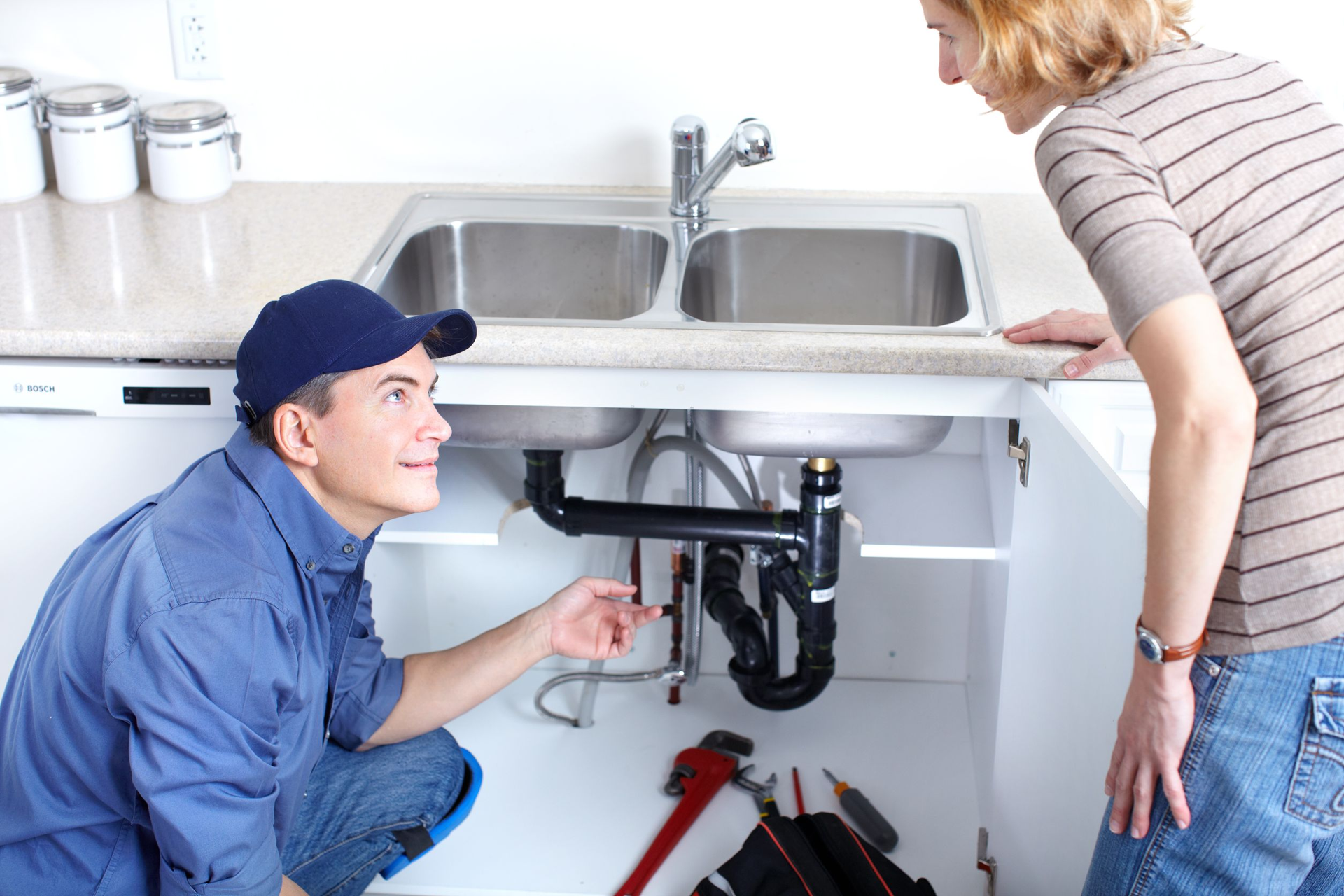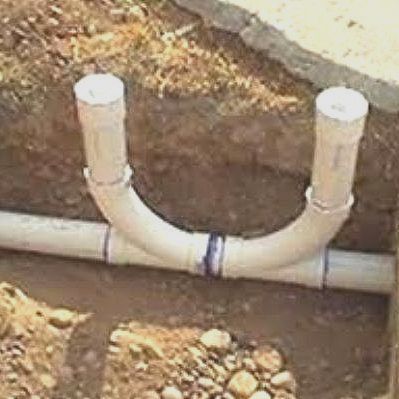When is a Sewer Line Replacement Necessary?
How Long Do Sewer Lines Last?
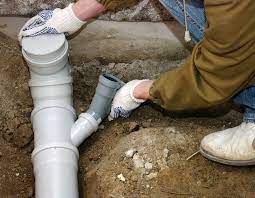
When is a Sewer Line Replacement Necessary?
So you think your sewer line needs maintenance? Think again! The damage could be from years of continuous use or problems with the soil around the cast iron sewer line. Even though you a maintained your sewer line it's difficult to pinpoint an exact cause, but there are some things we can look out for that might point us in a direction as to what may have caused this sewer line issue -
Some general knowledge about sewer lines and their function will help clear up any confusion Denver homeowners experience when dealing with these sewer line issues- let’s start by understanding how they work. The sewer line info you need to know is all written in the sewer line questions and answers below:
How Long Do Sewer Lines Last?
The length of time a sewer line lasts is determined by several factors including the age of the home, the sewer pipe material, accidents that include things being flushed down the toilet, and the environment. You can expect your sewer line to last a minimum of 60 years (as is often with an older home), or longer depending on the material the pipes are made from.
For example, the oldest homes may have pipes made from hardened clay (discontinued) and generally last about 50 - 60 years. Cast iron pipes can last anywhere from 75 to 100 years, and PVC pipes are the longest lasting at 100 years. So, if you have an older home, it would be good to know when it was built and how many owners it has had to determine how good the pipes are.
Issues That Merit Sewer Line Replacement
Advanced Age
The reason for most sewer line failure is simply old age. Unfortunately, they do not last forever, and at some point, they will need replaced. They simply reach the end of their lifespan and cannot continue to work as they did before. Sewer pipes that are old can rupture and leak into the ground around your home causing a terrible odor and possible damage to the home itself. Replacing your sewer lines in a timely manner will ensure that your sewer system remains intact.
Frequent Pipe Clogs
Frequent pipe clogs may be a sign of something bigger than a buildup of hair, debris, or toilet paper in the line. You may get small clogs occasionally, but these can generally be cleared with a plunger and do not require calling a plumber. But, if you have clogs that must be cleared by a professional several times per year, it is a sign that your system may need to be replaced.
Tree Root Problems
Tree roots can grow into the tiny cracks in pipe couplings and cause serious pipe damage. The tiny roots are attracted to the pipes because they are a source of water, which the trees need to grow. Incredibly old trees can have roots that span out a long way from the base of the tree, including stumps from trees that were cut down. Denver homeowners who do not have trees may have roots in the ground that can still affect their pipes.
Sewer Line Burst
A common reason for sewer line replacement is a busted pipe somewhere in the system. This can happen because of shifting or settling soil around the home, increased pressure on the ground above your sewer line, or pipe corrosion. If this happens, call your Denver sewer line replacement experts to repair the damage and install a new sewer line to get your system back in operation as quickly as possible.
Signs of Sewer Line Damage
How can you recognize signs of sewer line damage? If there is a breach in your sewer lines, there are indicators that suggest something is wrong. If you notice any of these signs, respond immediately by calling an experienced service technician to prevent any further damage and increased repair costs.
Standing Water or Foul Smell in Your Yard
If you notice a pool of standing water in your yard, it can be signs of a pipe that has ruptured. Once a pipe breaks, the water will begin to seep through the ground and flood the area. You may also get a foul odor from the sewage gases under the soil. It can create a bad smell that can affect you and your neighbors.
Draining Difficulties
Another sign of a sewer problem is multiple drain blockages, meaning if the toilet is blocked and will not drain, the sink, shower, and bathtub will also not drain. This is often a clue that there is a blockage in the main sewer line leading into the home.
Water Damage in the Home
If a drain line breaks in the home, you should call a plumbing service immediately. Increased moisture from water damage can result in mold spreading on the floors or walls. This is often a sign that you have a broken sewer line within the home.
Sewer Line Replacement FAQ’s
Can you replace a sewer line yourself?
As we mentioned above, it's certainly possible for a homeowner to perform sewer line replacement or sewer line repair. However, it's definitely not an easy job. When you replace the sewer line yourself you run the risk of causing even more damage.
How much does it cost to replace a broken sewer pipe?
The cost to replace a broken sewer line can range from $500 to $20,000. What you'll pay for the replacement depends on the following factors: The length of the damaged pipe. The replacement pipe material.
How do I know if my sewer line needs to be replaced?
- 8 Signs That You Need Sewer Line Repair ASAP.
- There Are Strange Smells Around Your Home.
- Your Toilets Make Gurgling Noises.
- The Drains Aren't Draining.
- The Lawn is Super Green.
- There's Mold on your Walls.
- Puddles and Soft Spots Outside Abound.
- There is an Increase in Pests.
Do Home warranties cover sewer line replacement?
Unfortunately, no home warranty covers all potential sewer line or plumbing problems. Here's the sewer line coverage you can expect from most top-rated home warranties. However, not every coverage option is included in a company's basic protection pla
Does homeowners insurance cover broken sewer pipe?
Your sewer pipes are not typically covered by standard homeowners insurance, but you can add service line coverage to repair your sewer pipe if it breaks or water backup coverage if it overflows into your home
Does a sewer line have to be straight?
Just because a sewer line leaves the home at a certain point doesn't mean it goes straight to the street. At some point, most sewer lines will change directions.
How serious is sewer line stomach?
Sewer line bellies are a common problem that can create aggravating sewer pipe problems for property owners. A sag in a sewer pipe will eventually lead to standing water and sediment collecting in the middle of the line, which in turn can lead to erosion, blockages, and a major backup for the homeowner.
Is a broken sewer line dangerous?
Dangers of Leaking Drain Lines
Leaking drains can wreak havoc on your home and expose you to harmful biological agents. Even slow leaks cause a build-up of moisture. Excess moisture is all it takes for mold and bacteria to begin to grow.
How often do you replace sewer line?
A good general rule is to have your home's sewer lines cleaned out every 18 to 22 months. That may be difficult to remember, but think of it as a year and a half to slightly less than two years
Why sewer pipes are half filled?
The sewers are necessarily designed for the partially full flow condition to maintain an open channel flow conditions and also to be provide the space above the surface of the sewage for proper ventilation. ... so it necessary to maintain the minimum velocity of the flow to control such depositions in the sewers.
How much does it cost to fix a belly in a sewer line?
Sewer Line Repair Cost
The average price homeowners pay for sewer line repair is $2,556. You can expect to spend between $1,073 and $4,054, depending on the kind of damage. Homeowners who get a full replacement spend around $3,000-$25,000.
How much does it cost to replace a sewer line under a concrete slab?
Cost To Replace Sewer Line Under Slab
The cost to replace a sewer line under a slab costs $3,000 to $5,000 for smaller jobs and $15,000 to $20,000 total for larger jobs. Trenching under a slab can cost an extra $150 to $200 per foot.
How does trenchless sewer line replacement work?
Trenchless pipe lining (aka cured-in-place) is a repair method which creates a new drain pipe, within your existing one. A tube saturated with epoxy is placed inside your existing pipe. The tube is then inflated allowing it to take the shape of your existing pipe. The epoxy hardens helping the liner form its shape.
How do you fix a collapsed sewer line?
The three alternative approaches are:
- Relining the broken sewer, water or drainage pipes using advanced composite resins to create a new pipe inside the old one without digging. ...
- Replacing the broken pipes under your slab by excavating and laying new ones. ...
- Re-routing/re-piping some or all of the home's plumbing.
When should I replace my cast iron sewer pipe?
In residential use, cast-iron pipes should last 50-75 years. There are factors that can speed up deterioration, but the typical cast-iron sewer should reach this age before it needs replacing
If you notice any of these signs in your Denver home, give us a call. We offer sewer line inspection services to determine if you need repair or a complete sewer line replacement. Contact us today to request an inspection or repair.
